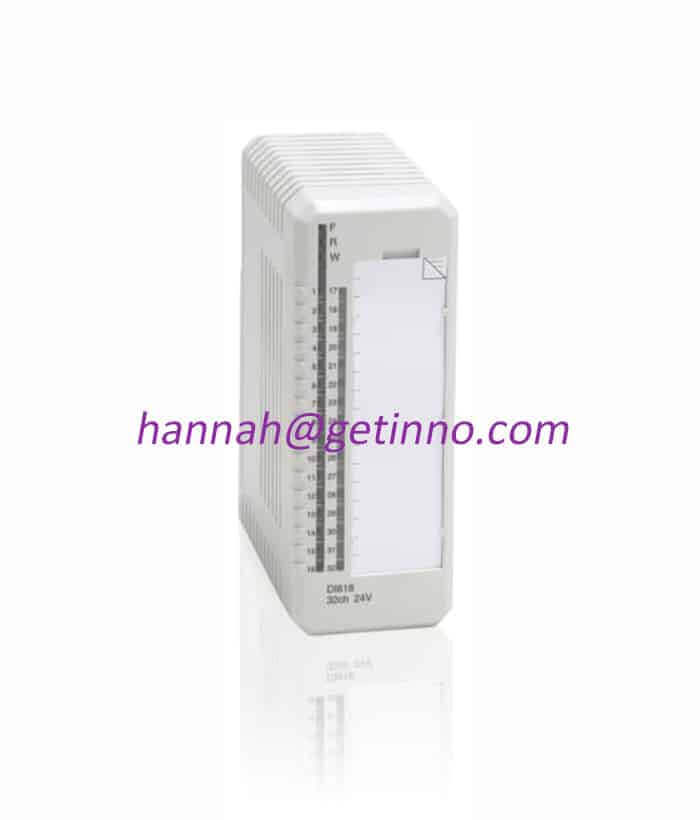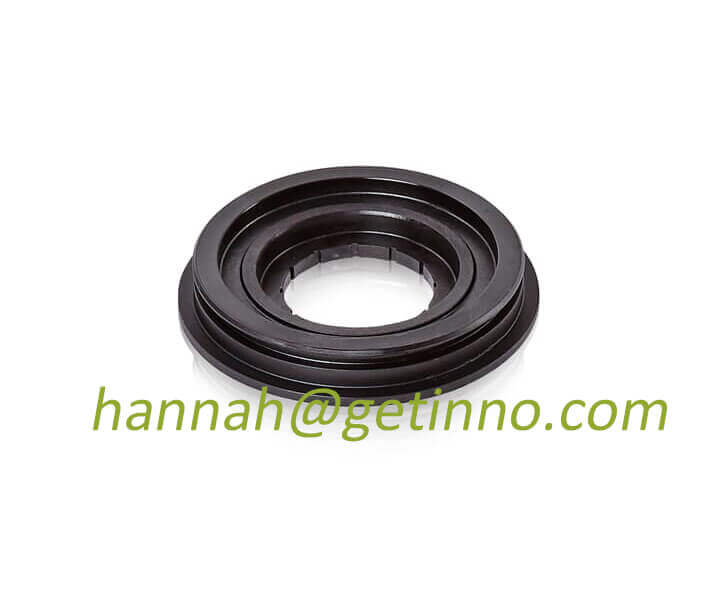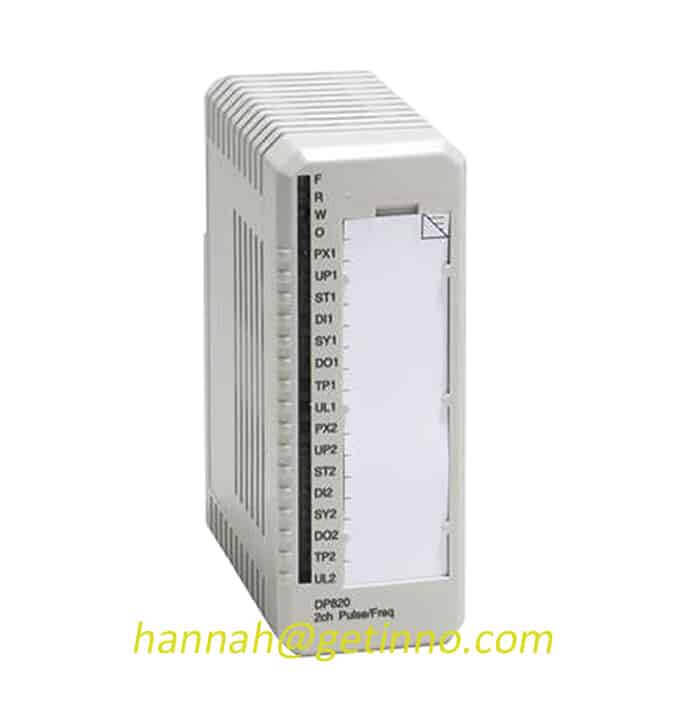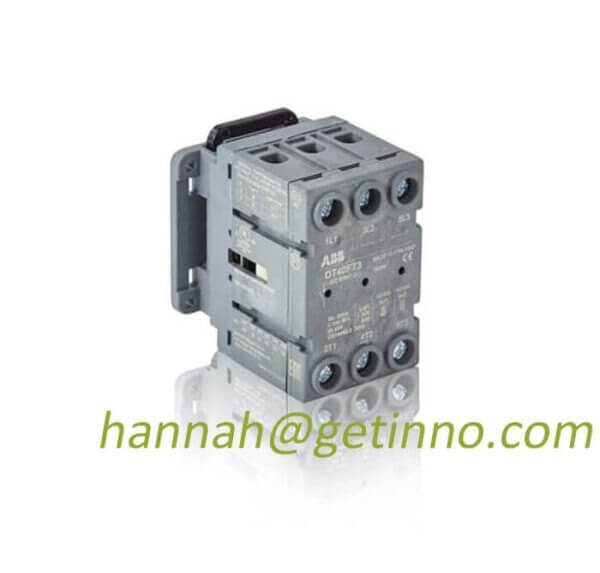Composition of Industry Robot
Industrial robots are composed of three basic parts: main body, drive system and control system. The main body is the base and the actuator, including the arm, wrist and hand, and some robots also have a walking mechanism. Most industrial robots have 3 to 6 degrees of freedom of movement, of which the wrist usually has 1 to 3 degrees of freedom of movement; the drive system includes power devices and transmission mechanisms to make the actuators produce corresponding actions; the control system is based on the input The program sends command signals to the drive system and actuators and controls them.
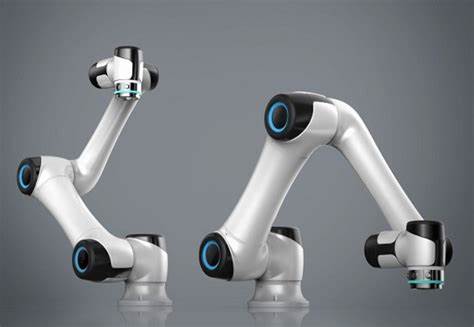
Industrial robots are divided into four types according to the movement form of the arm. The arm of the rectangular coordinate type can move along three rectangular coordinates; the arm of the cylindrical coordinate type can be used for lifting, turning and telescopic movements; the arm of the spherical coordinate type can rotate, pitch and stretch; the arm of the joint type has multiple Turn the joint.
According to the control function of the actuator movement, industrial robots can be divided into point-position type and continuous trajectory type. The point-position type only controls the accurate positioning of the actuator from one point to another, and is suitable for machine tool loading and unloading, spot welding, and general handling, loading and unloading operations; the continuous trajectory type can control the actuator to move according to a given trajectory, and is suitable for continuous welding and Painting and other operations.
According to the program input method, industrial robots can be divided into two types: programming input type and teaching input type. The programming input type is to transmit the programmed operation program file on the computer to the robot control cabinet through RS232 serial port or Ethernet and other communication methods.
There are two teaching methods for the teaching input type: one is that the operator uses a manual controller (teaching control box) to transmit the command signal to the drive system, so that the actuator can perform the operation according to the required action sequence and motion track. ; The other is that the operator directly leads the actuator, and performs it again according to the required action sequence and motion track. At the same time as the teaching process, the information of the working program is automatically stored in the program memory. When the robot is working automatically, the control system detects the corresponding information from the program memory, and sends the command signal to the drive mechanism to make the actuator reproduce the teaching. Various actions. The industrial robot that teaches the input program is called the teaching reproduction industrial robot.
Industrial robots with touch, force or simple vision can work in more complex environments; if they have recognition functions or further increase self-adaptation and self-learning functions, they become intelligent industrial robots. It can choose or program itself to adapt to the environment according to the “macro instructions” given by people, and automatically complete more complex tasks.
Links: 3bse022366r1 3bsc610066r1
Pre: Features of Industrial Robot Next: Development of China Industry Robot

